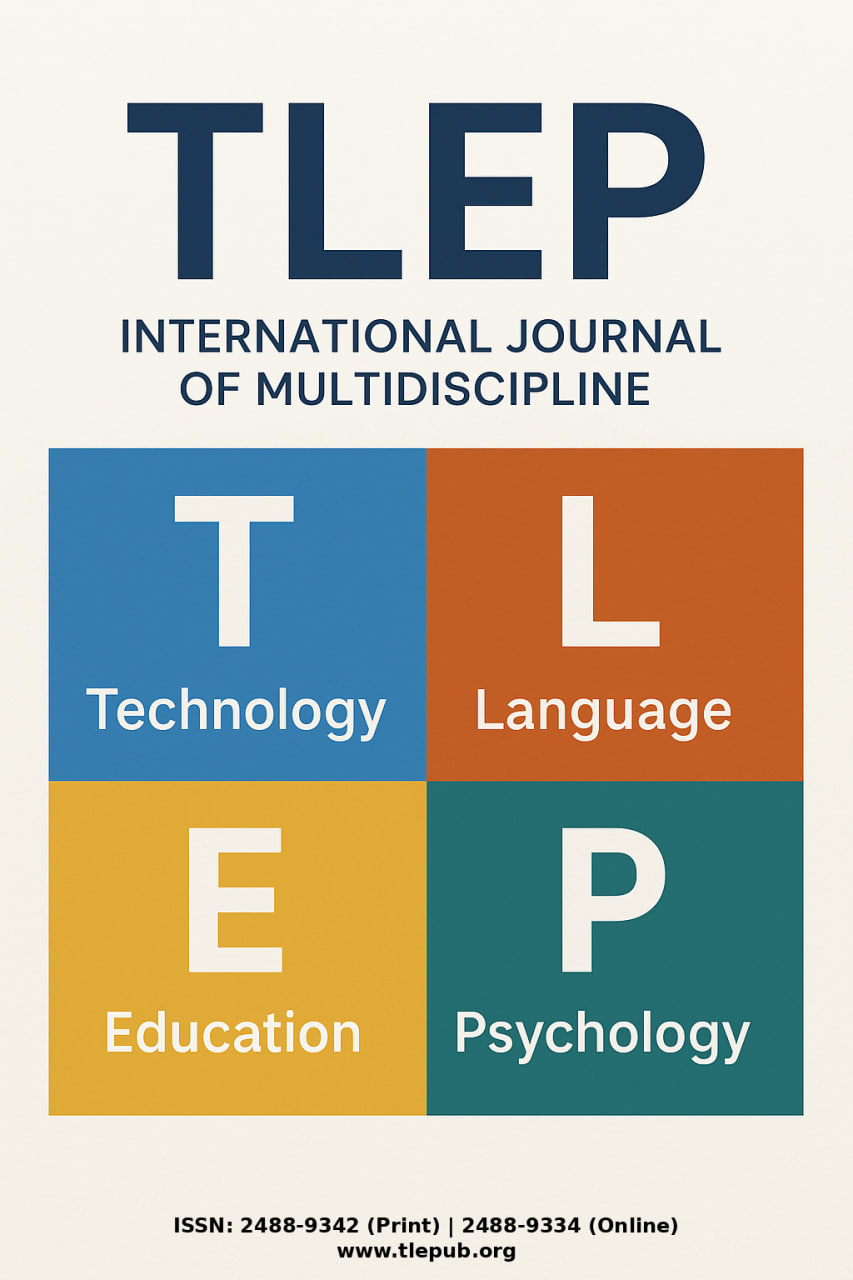Issues Of Increasing Product Competitiveness In Industrial Enterprises
Keywords:
Product Competitiveness, Industrial Enterprises, Innovation, Operational Efficiency, Supply Chain Management, Market Share, Strategic Management.Abstract
The global industrial landscape is characterised by hyper-competition, rapid technological change, and evolving customer demands, making the sustained competitiveness of products a paramount concern for industrial enterprises. This research paper addresses the critical issues confronting industrial firms in their pursuit of enhanced product competitiveness. The central problematic is the complex interplay of internal firm-specific capabilities (e.g., innovation, efficiency, and quality management) and dynamic external market forces (e.g., market structure, globalisation, and technological disruption). Through a comprehensive literature review and a proposed methodological framework for assessment, the study identifies core challenges, including the necessity of integrating multiple forms of innovation, the imperative for supply chain resilience, and the critical role of data and artificial intelligence adoption. A hypothetical quantitative analysis, incorporating factors such as R&D intensity, operational efficiency, and market share growth, is used to illustrate the measurable impact of strategic focus areas. The findings underscore that a singular focus on cost or quality is insufficient; sustained product competitiveness demands a holistic strategy encompassing technological foresight, dynamic organisational agility, and a commitment to environmental, social, and governance (ESG) factors.
References
Advances in Science and Technology – Research Journal. (2021). Increasing Competitiveness Through Innovation in an Industrial Enterprise – A Case Study of the Company Massag. Advances in Science and Technology – Research Journal, 15(1), 110–125.
Avencore. (2024). Industrial Competitiveness: 3 Key Strategies for Industrial Success. Retrieved from https://avencore.com/en/industrial-competitiveness/
Chikán, A. (2008). National and firm competitiveness: The issue of the connection. Competitiveness Review: An International Business Journal, 18(2), 120–127.
International Trade Centre. (2024). Industrial competitiveness. Retrieved from https://www.intracen.org/our-work/topics/business-environment/industrial-competitiveness
Javorcik, B. (2020). Global supply chains will not be the same in the post-COVID-19 world. In R. Baldwin & S. Evenett (Eds.), Revitalising Multilateralism: A New EBook (pp. 147-154). CEPR Press.
Lall, S. (2001). Competitiveness, Technology and Skills: World Development. Edward Elgar Publishing.
Porter, M. E. (1985). Competitive advantage: Creating and sustaining superior performance. Free Press.
Reichstein, T., & Salter, A. (2006). Investigating the sources of process innovation among UK manufacturing firms. Industrial and Corporate Change, 15(4), 653–681.
ResearchGate. (2021). Issues of Increasing the Competitiveness of Industrial Enterprises in the Context of Modernization of the Economy. Retrieved from https://www.researchgate.net/publication/352506038_Issues_of_Increasing_the_Competitiveness_of_Industrial_Enterprises_in_the_Context_of_Modernization_of_the_Economy
Schumpeter, J. A. (1934). The theory of economic development: An inquiry into profits, capital, credit, interest, and the business cycle. Harvard University Press.
Schwab, K. (2016). The Fourth Industrial Revolution. Crown Business.
Skybinska, Z., & Gryniv, T. (2023). Analysis of Factors Affecting Products' Competitiveness. Scientific Notes of Lviv University of Business and Law, (39), 182–189.
United States International Trade Commission. (2018). Framework for Analyzing the Competitiveness of Advanced Technology Manufacturing Firms (Working Paper ID-18-057). Retrieved from https://www.usitc.gov/publications/332/working_papers/competitiveness_of_advanced_technology_manufacturing_firms_id_18_057_091818.html
Downloads
Additional Files
Published
Issue
Section
License
Copyright (c) 2025 Both journal and authors

This work is licensed under a Creative Commons Attribution 4.0 International License.





